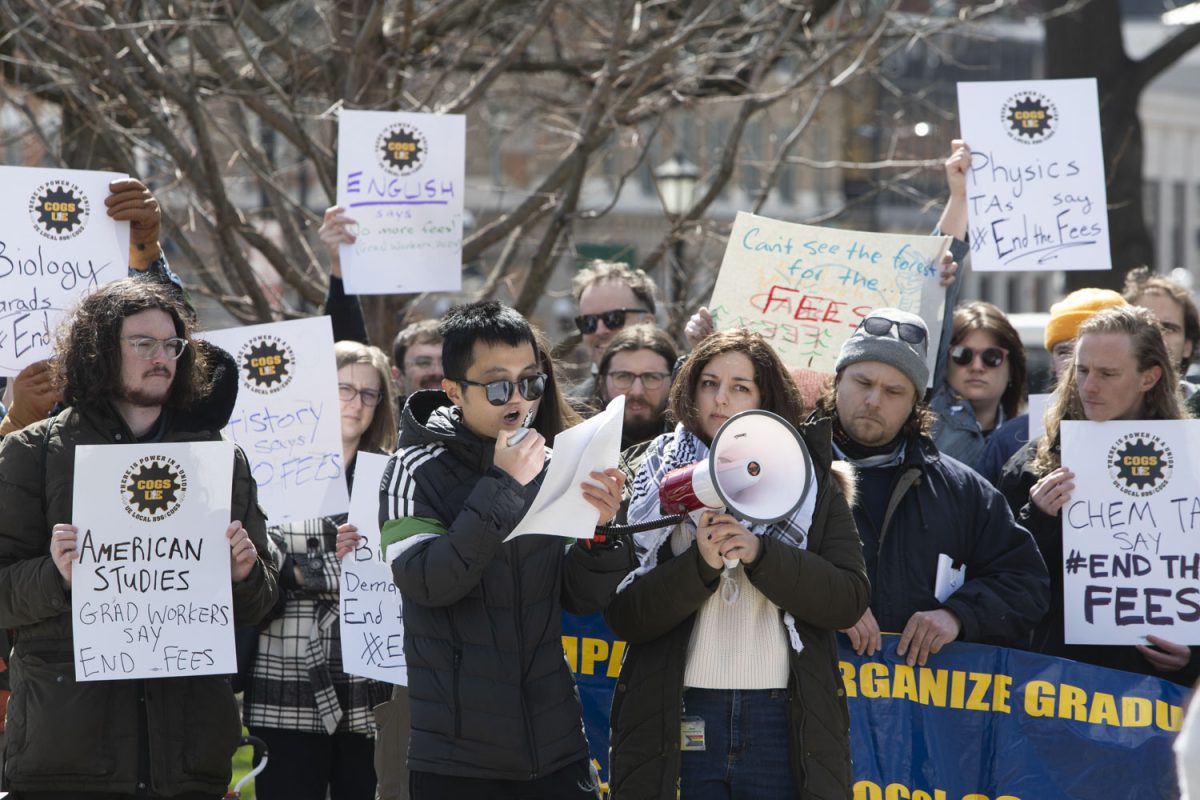On May 12, the Iowa City School Board will discuss the many proposals for redistricting the high schools. These new boundaries would take effect in 2017 with the opening of the new Liberty High, which is set to begin construction this year.
There have been more than a dozen plans proposed, all of them made as an attempt to reduce the disparity between poverty levels at each of the high schools, a measurement that is mainly taken from the percentage of students who qualify for free and reduced lunches.
While all of the plans are different, they deal with changing boundaries and moving students around. As it is right now, Iowa City community members generally live in neighborhoods with other people of similar socioeconomic levels as they are, and people from the same neighborhoods then attend the same school, which is why the differences in poverty at different schools are so noticeable.
One of the proposed ways to address this is to bus students from specific neighborhoods to other schools, thus splitting up students who live in the same neighborhoods. Specifically, under plan F5, a portion of the students who attend Kirkwood Elementary School would attend North Central Junior High and then Liberty High, even though Northwest Junior High School is just a five-minute walk from Kirkwood.
The community has conflicting opinions on which of the plans would be best. At a recent School Board meeting, parents and students raised concerns about the plan to pull kids from their neighborhoods and transfer them to different schools on buses. A large reason for concern with this plan is that it is splitting up a community. All of the students who have previously been grouped together in the same school would now be dispersed, and while going to a new school with a new group of peers could be seen as a positive fresh start, this means uprooting students from a community in which they have formed roots.
On a more logistical note, if students are being bused to a new school, a school that they would not be able to walk to, the bus is now their only form of transportation to and from this school. About half of the high-school students would be old enough to have their driver’s licenses, but it would be ignorant to assume that all of them who can drive will have cars. If students wished to participate in an after- or before-school activity, they now are unable to do so if they must catch the bus at a specific time. This is avoided by having students attend the school closer to their neighborhoods, so that walking or riding their bikes are options.
I did not grow up in Iowa City, nor have I been ever been personally affected by redistricting in the district that I went to grade school in, but the arguments against splitting up a neighborhood or smaller community of students makes the most sense to me. The immense disparity between poverty rates at the different schools does need to be addressed. However, this particular plan should be reconsidered.





